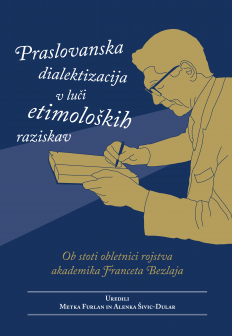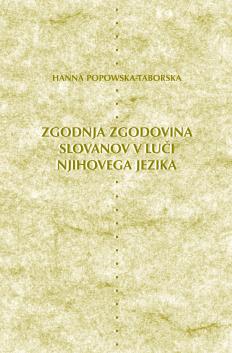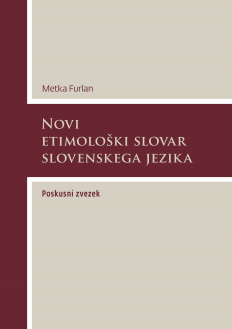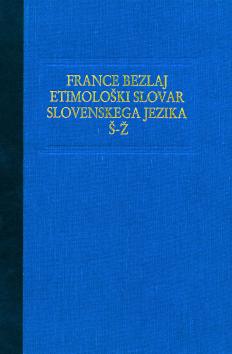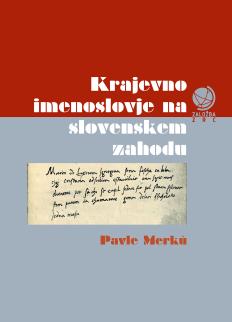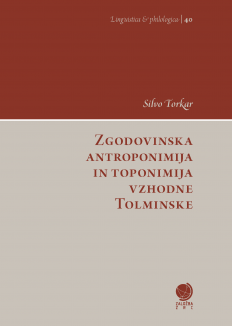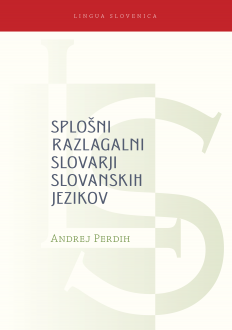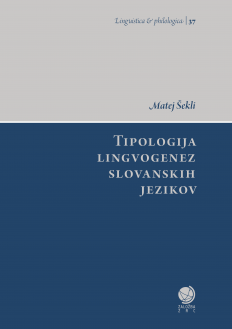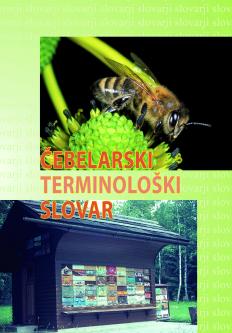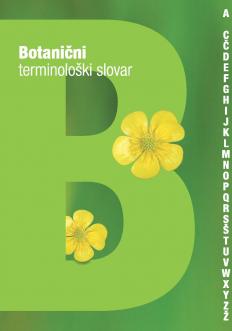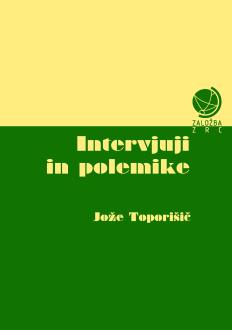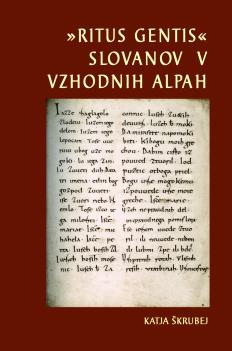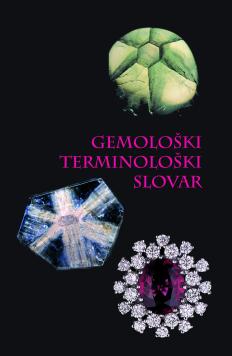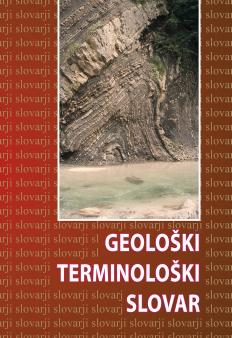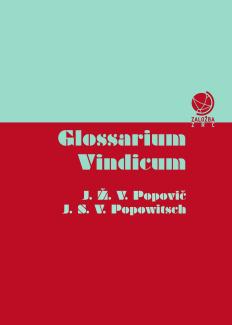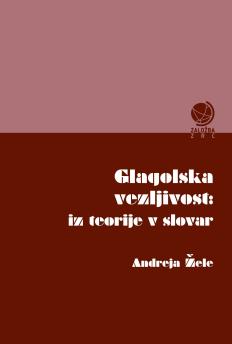
The work features twelve contributions in which Slovenian and other Slavic vocabulary is presented in a new or improved interpretation at the semantic and/or formal level, thereby adding to the knowledge of the history, prehistory, and etymological formation of the Slovenian and Slavic lexicon.
In order of appearance the analysed words are the following: Slov. dial. seber ‘poor man, poor thing’ (Zatolmin); Slov. oča ‘father’, oče ‘idem’; Slov. dial., Cro. dial. boškarin ‘breed of cattle native to Istria’; Slov., Cro. hydronym Dragonja; Slov. mirodilnica ‘drugstore’; Slov. dial. mel/mjel/njel/gnjel … ‘type of oak’, and Cro. dial. mjev/mnel … ‘idem’; Slov. dial. durla ‘female dormouse’; Slov., Cro. kuzla ‘bitch, female dog’; Slov. dial. koka ‘snake’; Cro. dial. švenac ‘louse’, and Bulg. dial. švenec ‘idem’; PSl. *pyriti ‘to make a fire’, *puriti ‘idem’.
The last contribution is dedicated to the question of linguistic development, which is characterized by linguistic systematicity and therefore linguistic predictability, and also by linguistic non-systematicity and therefore linguistic unpredictability.
paperback 17 × 24 cm 208 pages
Keywords
etymology | Slavic languages | Slovene language
